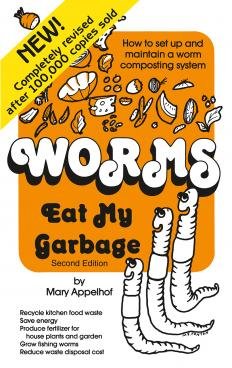

A soil test can provide information on the proper amount of lime and fertilizer to apply to your lawn, garden and other areas of your landscape. When gardeners apply only as much lime and fertilizer as is necessary and at the appropriate time, nutrient runoff into surface or ground water is minimized, money is saved, and plant health is optimized. Soil testing can also be used to diagnose common nutrient deficiencies or toxicities for plants that are growing poorly.
The reliability of the soil test, however, can be no better than the sample you submit. For results you can depend on, it is vitally important that you take samples correctly to accurately represent the soil in your landscape.
This web site explains how to obtain representative soil samples and to submit them for analysis to a Soil Testing Laboratory. It is an easy-to-learn process that will benefit you, your landscape and the environment. There are six sections of information (listed below in the table of contents). You can go through the site from beginning to end by clicking the "START HERE" button below. Then, just click the "NEXT" button at the bottom of each section to go to the next section. Or, you can jump to a particular section by clicking any of the items in the table of contents.
Buy your own soil testing products.
Several times throughout this web site, you are given an opportunity to review what you have learned by answering a question on important aspects of soil testing. These short questions are designed to help you confirm that you have understood the key points of the instruction. The questions are optional, so if you do not wish to use them, move ahead to the next part of the instruction.
Here's a quick question to get you started:
Of the statements below, which one is false concerning the reasons to soil test? Click on the statement that is false.


 "Beautifully illustrated and practical Are you ready to take your garden from good to great?
Learn how to build your soil...and more!
"Beautifully illustrated and practical Are you ready to take your garden from good to great?
Learn how to build your soil...and more!

The book that started a backyard worm revolution! With more than 150,000 copies sold, this is the bestselling and remains the definitive guide to vermicomposting--a process using red worms to recycle human food waste into nutrient-rich fertilizer for plants. Author Mary Appelhof provides complete illustrated instructions on setting up and maintaining small-scale worm composting systems. Read More...